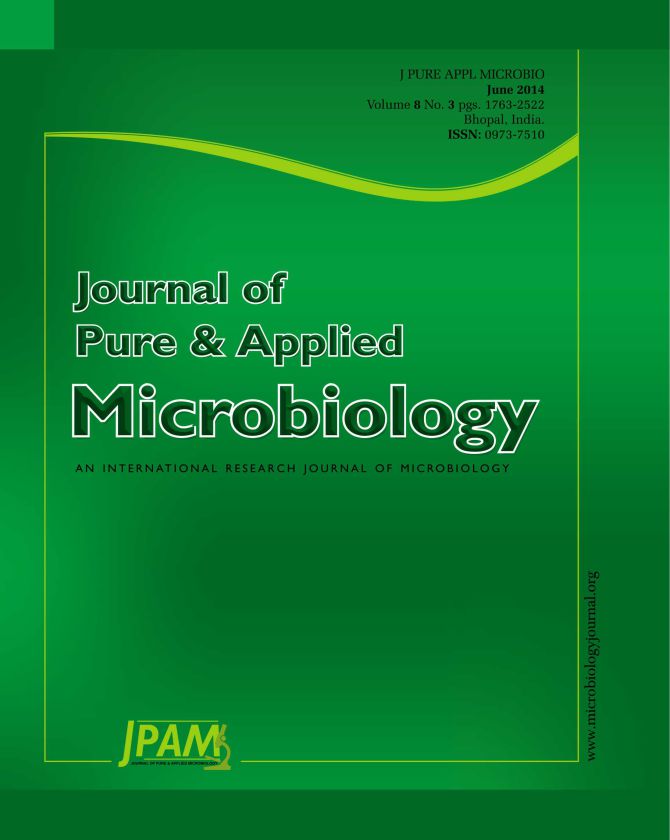Lactobacillus spp. are well known probiotics with beneficial effects to human health. The aim of this study was to determine antimicrobial properties of Lactobacillus spp. isolated from commercial yoghurts. For this reason, 30 samples were collected from market and pour plate technique was used to isolate the organisms. Then, they were detected by using biochemical tests according to Bergey’s Manual. Antimicrobial effects of these bacterial culture supernatants were evaluated on pathogen bacteria strains (Staphylococcus aureus PTCC 1431, Salmonella enterica PTCC 1231, Shigella dysenteriae PTCC 1188 and Escherichia coli PTCC 1399) by using disc diffusion agar and well diffusion agar methods. Lactobacillus acidophilus, Lactobacillus Plantarum, Lactobacillus delbrueckii sub sp. bulgaricus and Lactobacillus casei species were identified in commercial yoghurts. Lactobacillus spp. had shown a good antimicrobial ability against four pathogen bacteria. The highest inhibitory effect was shown with L. acidophilus against S. enterica PTCC 1231 according to well diffusion agar with average of inhibitory zone diameter 15 mm. Also, in the comparison between two method of well diffusion agar and disc diffusion agar, the well diffusion agar was the far more sensitive than disc diffusion agar method.
Lactic acid bacteria, Yoghurt, Lactobacillus, Antimicrobial activity
© The Author(s) 2014. Open Access. This article is distributed under the terms of the Creative Commons Attribution 4.0 International License which permits unrestricted use, sharing, distribution, and reproduction in any medium, provided you give appropriate credit to the original author(s) and the source, provide a link to the Creative Commons license, and indicate if changes were made.


